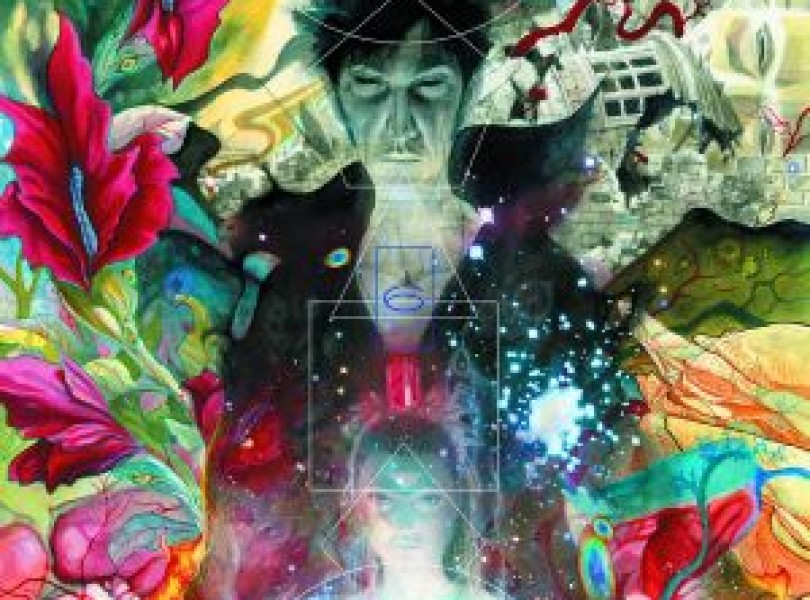It all comes around.
Sandman: Overture is essentially the Prometheus to the original series’ Alien in the sense that it’s tasked with exploring how a specific character ended up in a specific place in the original story. Overture’s series finale accomplishes that goal. Here readers learn exactly how and why a weakened Morpheus found himself taken captive by the cult in Sandman #1. But that’s a pretty reductive way of looking that this issue. As with any story (and prequels especially), the journey is far more important than the destination. This issue serves as a fitting final leg in a surreal, wonderful journey across time, space and all of existence.
The stakes could scarcely be higher in this issue as Morpheus and his ship of 1000 souls faces the imminent collapse of all existence. Neil Gaiman gives this story a sweeping yet emotionally intimate scale. Trillions face their deaths, yet the focus remains on Morpheus steeling himself for his greatest challenge. In the process, Gaiman paints a fascinating psychological portrait of the character. He’s not a gallant superhero fighting against all odds to prevent another Crisis. As this issue explores, Morpheus is bothered less by the idea of existence ending than he is by the fact that the calamity is his fault.

In a story where reality is coming undone and beings from various planes of existence are occupying the same space, it really pays to have an artist as inventive as J.H. Williams guiding the ship. Williams art has been the true highlight of this series. His wildly inventive page layouts never fail to impress. So many pages in this issue are linked by the use of rings and ripple-like panel shapes, as if a still pool of water has been disturbed and is trying to regain its surface tension. Which, really, isn’t so far off from what the conflict is about. The sheer variety in panel construction and art styles (often within the same page) further enhance the story’s dreamlike quality.
Perhaps the real accomplishment of this series is that it doesn’t just tie in neatly to the original Sandman saga, but actually enhances it in the process. It’s not merely about linking this issue to Sandman #1. Gaiman references several characters and conflicts from throughout his saga. This issue casts those elements in a new light and illustrates just how profoundly Overture’s conflict plays into a saga that was finished nearly 20 years ago. It proves without a doubt that Overture is best experienced as a coda to the core Sandman series rather than an entry point. And unfortunately, that means some of the impact will probably be lost on new readers. But for those who came into this series hoping to reconnect with some old friends, Overture proves it is possible to go home again.
Especially after the relative disappointment that was Before Watchmen, there was a real fear that Sandman: Overture would fail to live up to the legendary standard of the original series. Instead, thanks to Gaiman’s sweeping storytelling and Williams’ lush, imaginative visuals, Overture has proven to be one of the finest additions to the Sandman mythos yet. Only a handful of issues If this is the last we see of Morpheus and his family, Overture is the parting gift they deserve.



